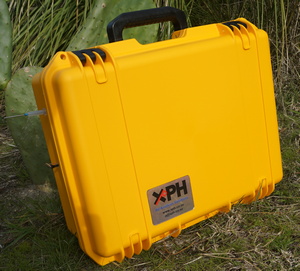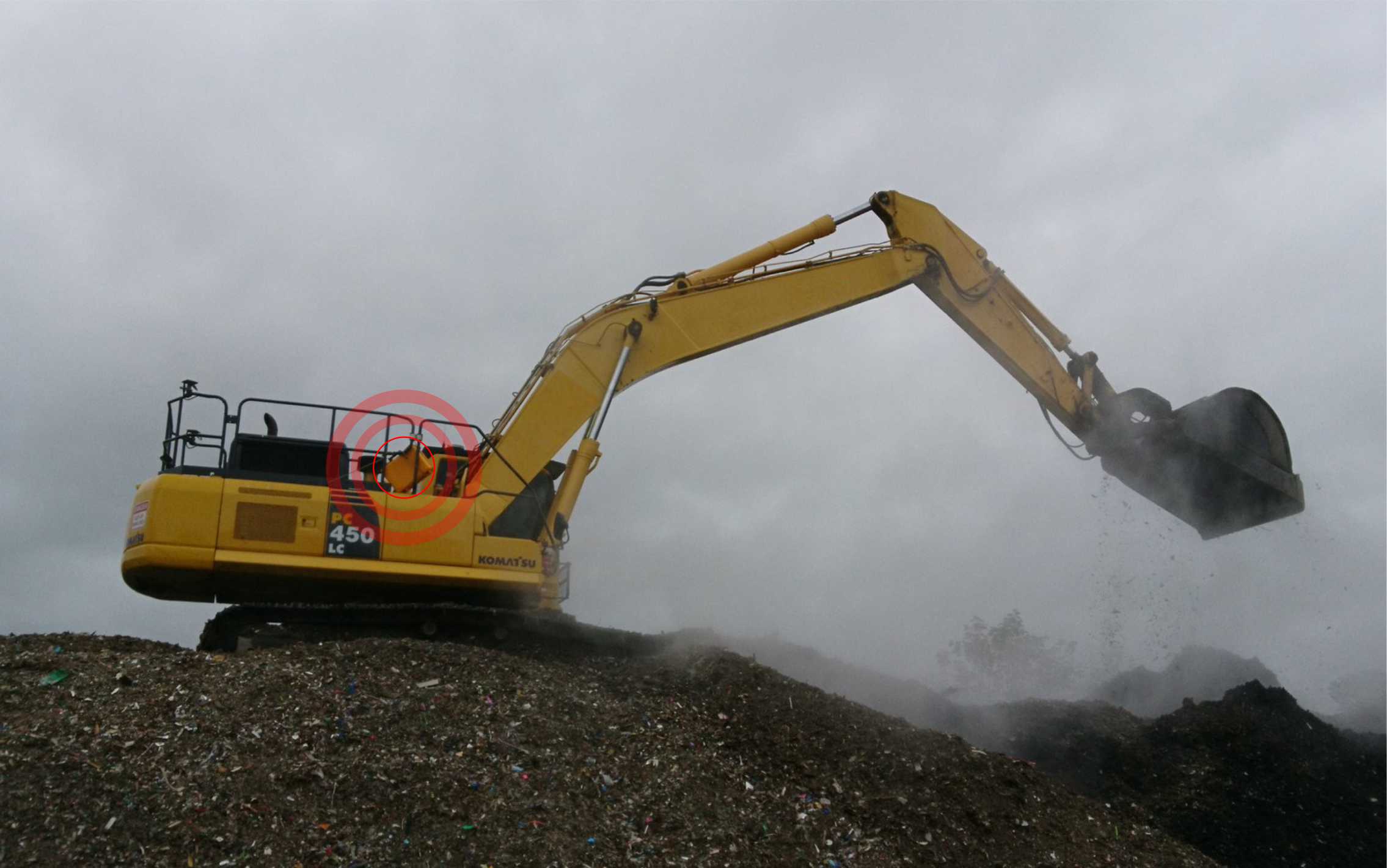 Our Time Weighted Average (TWA) Sampler is designed to collect air samples into bags over extended period of time (0.5-48 hrs or more if requested). It shall be used in the areas with intermittent contaminants to determine their average concentration. The examples of such areas are practically any open air spaces, zones with activity spikes (industrial operations, laboratories, kitchens). Grab (immediate) sampling in such areas was proven to provide inconsistent and misleading results. Our TWA sampler is capable of grab collection too.
Our Time Weighted Average (TWA) Sampler is designed to collect air samples into bags over extended period of time (0.5-48 hrs or more if requested). It shall be used in the areas with intermittent contaminants to determine their average concentration. The examples of such areas are practically any open air spaces, zones with activity spikes (industrial operations, laboratories, kitchens). Grab (immediate) sampling in such areas was proven to provide inconsistent and misleading results. Our TWA sampler is capable of grab collection too.
The sampler uses any types of air collection bags, from 0.5 to 12L capacity. The air intake rate is regulated by a calibrated capillary. The standard set includes two such capillaries, high flow (blue) and low flow (red). Their performance is shown on the chart below.

Collected volume vs. time for two types of capillaries. The high flow capillary draws ~17 ml/min; the low flow ~2.5 ml/min.
Apparently, the current design provides steady intake rates, comparable to those achieved in canisters. The volume of sampling bags used and the type of capillary are selected based on the desired collection time. Note that collection times for more than 48 hrs are not practical because of inherent instability of many volatile compounds. However, longer times could be achieved for long-living substances (e.g. for methane and freones).
Case study I. The assessment of landfill operations with TWA samplers

We were asked to evaluate emissions during waste turning operation on a landfill site. The management of the site were concerned about what kind of chemicals become airborne during the excavation, and whether there are any implications for the machinery operators.
The final consented plan included taking:
- One grab air sample from subsurface of the waste mound to determine what volatile compounds potentially could emanate when disturbed;
- One hour TWA sample using the sampler attached to the outside of the excavator (see the photo above) to determine what components actually get airborne and might pose a general environmental threat;
- One hour TWA sample with the sampler placed in the cabin, to determine what fraction of the emissions gets to the operator, and whether it might cause health and safety concerns.
The TWA samplers were placed on the excavator and it was let to go about its waste-turning business for one hour. Then the bags were collected and analyzed on the SIFT-MS instrument. By the end of the work day we were in a position to present to the client a complete picture of potential air contamination hazards on site.
